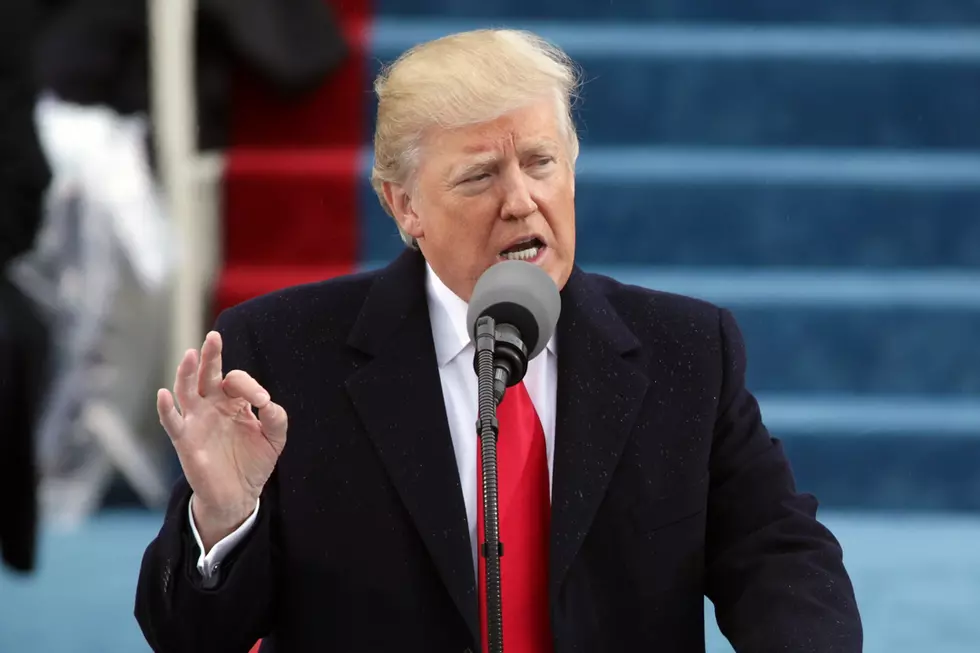
Word Choice Affects Consumer Decision Making
Are you more likely to order pizza from a place that guarantees a delivery time of a half hour, or from a place that offers delivery in 29 minutes? According to a new study in the Journal of Consumer Research, most consumers would trust the 29 minute guarantee if it comes from a trustworthy source.
“Consumers’ perception of the precision and reliability of quantitative product looms large in their decision making,” said Y. Charles Zhang and Norbert Schwarz, from the University of Michigan, and authors of this study.
They found that consumers place importance on specific time when it comes to a products quantitative information. “Consumers perceive products as more likely to deliver on their promises when the promise is described in fine-grained rather than coarse terms and choose accordingly,” the authors explained.
If a cake recipe promises cooking time of one hour for example, compared to 60 minutes, the impression would make consumers purchase the product that had a cooking time of 60 minutes.
In one study, subjects chose between two GPS units. One had a battery life of two hours and the other was more expensive and heavier and had a battery life of three hours.
“When the units batter life was described in hours, only 26 percent picked the up to two hours’ unit- they were concerned it might run out of power prematurely”, researchers said. “But when the battery was described as ‘up to 120 minutes,’ more than twice as many consumers (57 percent) were happy to pick the same unit.”
In a separate but related study, Rajesh Bagchi and Derick F. Davis, from Virginia Tech found that consumers have very different actions to the same package deal, depending on the order of the price and quantity listed.
“A shopper walking down the grocery aisle encounters a common promotion: 10 cans for $10. Elsewhere, another consumer is shopping for a prepaid cellphone and decided that 950 minutes for $59.99 is the best offering for her,” write the authors of the study.
Results of their study shows that a retailer offering pricing for multiple items, is very conscious on how these prices are presented to the consumer. Researchers confirm that placing the quantity of merchandise before the price is more luring to the buyer, as opposed to placing the cost first. It also allows the consumer to think they’re is getting a better deal.
“When the package is large and unit price calculation is difficult, different presentation orders result in dramatically different perceptions,” the authors detail. “For most large packages, unit price calculations are difficult as marketers rarely price using round numbers. In this situation, when item quantity comes first, consumers are more likely to try the package and indicate that the package represents a good deal,” they said.
The authors conclude that it’s very challenging for most consumers to process the large numbers on packages, so they initially fix their focus on the first number seen, in order to properly evaluate the deal.
More From Newstalk KGVO 1290 AM & 98.3 FM










